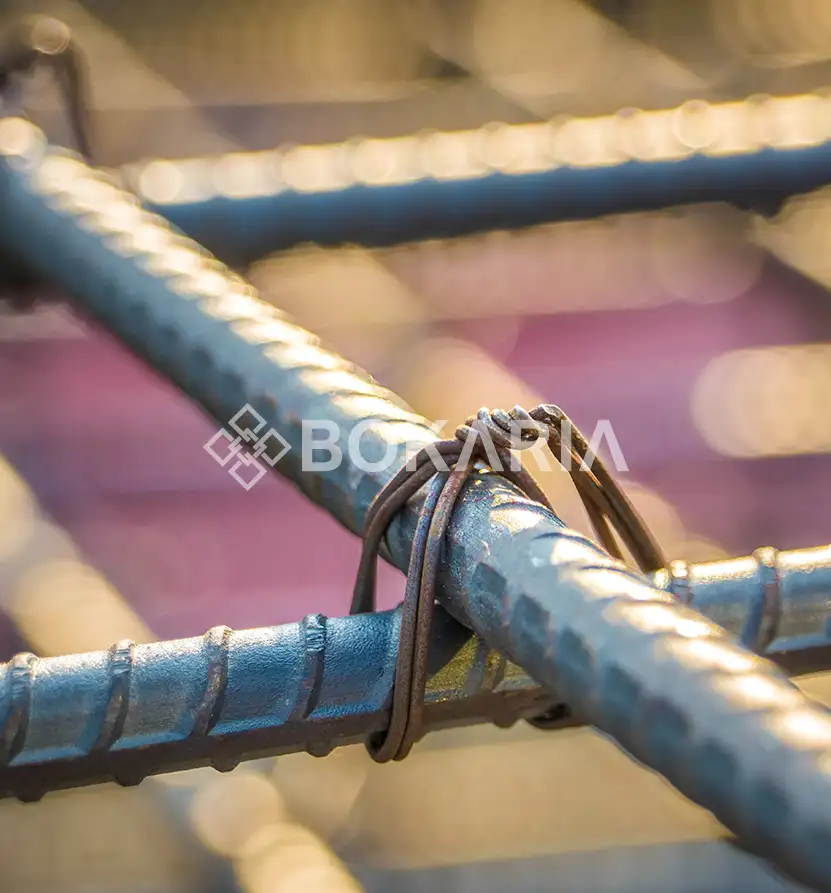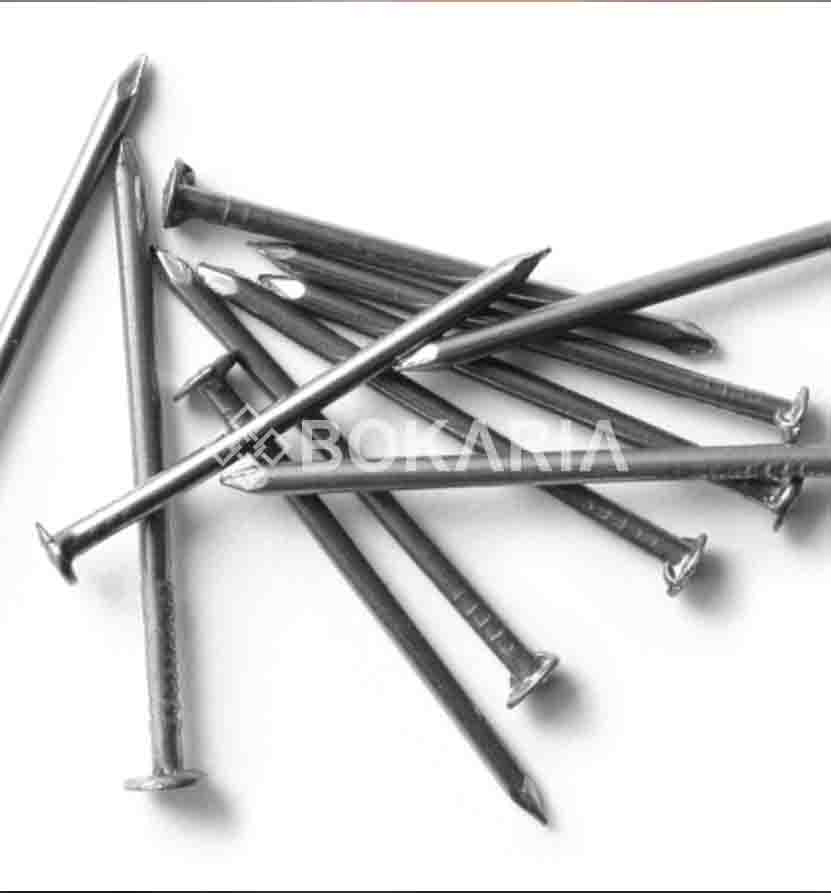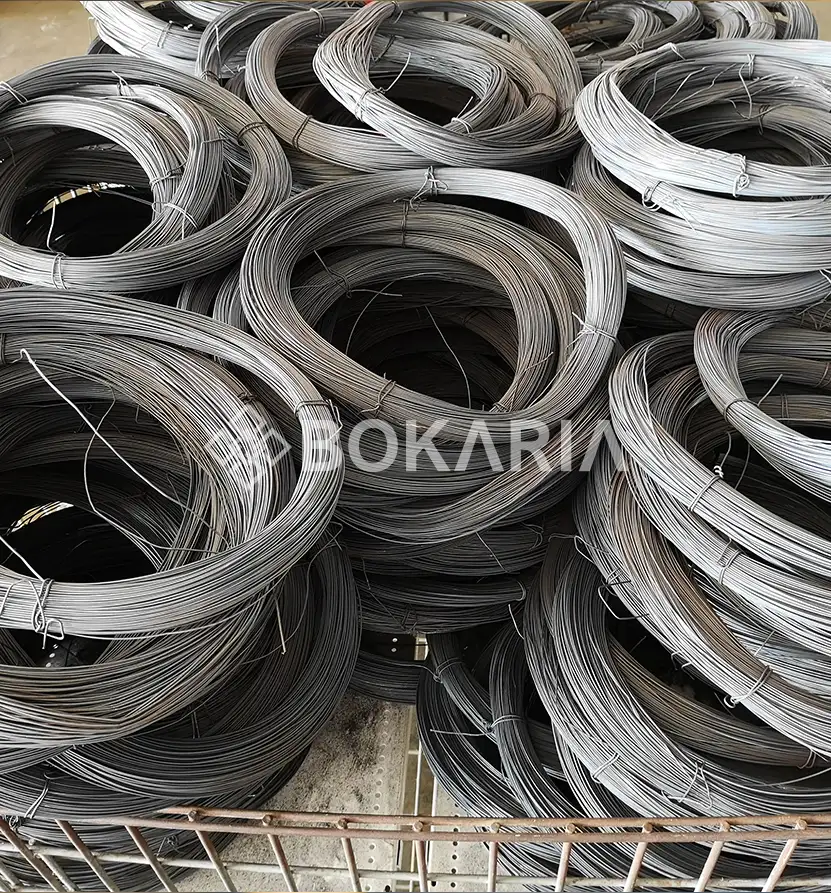Binding wires are thin and flexible wires that are used to bind or tie different materials, objects, or products together. These wires are made of different materials, including stainless steel, galvanized steel, iron, and copper. They are available in different lengths and thicknesses, depending on the intended use and the materials to be bound. Binding wires are widely used in various industries, including construction, manufacturing, packaging, and agriculture.
- Applications
- Specifications
The primary use of binding wires is to hold things together. They are used to tie and secure materials and products, such as cables, pipes, bags, and boxes. In construction, binding wires are used to tie steel bars together to form a reinforced concrete structure. They are also used to bind steel mesh and wire fencing. In manufacturing, binding wires are used to secure products during transportation and storage. In agriculture, binding wires are used to tie plants and crops to stakes or trellises.
Binding wires come in different specifications, depending on the intended use. The specifications include the wire diameter, tensile strength, and coating. The wire diameter is the thickness of the wire, and it is measured in millimeters or gauge. The tensile strength is the maximum amount of stress that the wire can withstand before breaking. The coating is the material that covers the wire, which can be galvanized, PVC coated, or bare.
In construction, binding wires typically have a diameter of 0.8mm to 2.5mm and a tensile strength of 350N/mm2 to 550N/mm2. They are usually made of galvanized steel or black annealed wire. In manufacturing, binding wires can have a thinner diameter and a lower tensile strength, depending on the product to be secured. In agriculture, binding wires are typically coated with PVC to protect the plants from damage.



-
Used for reinforcement
These are used to tying the plants, crops and at places where reinforcement is required for double protection.
-
Durability
Binding wires are manufactured with high tensile strength and hence these are highly durable from breaking free.


